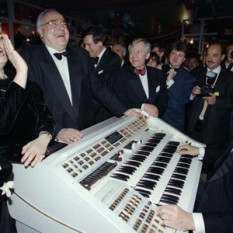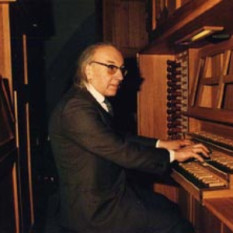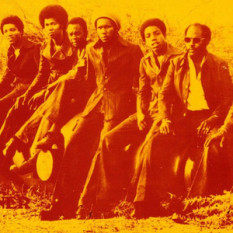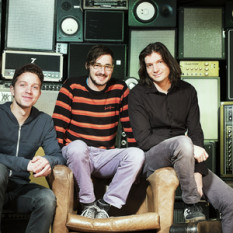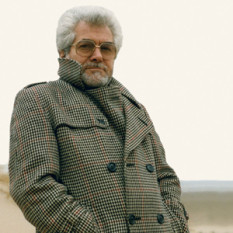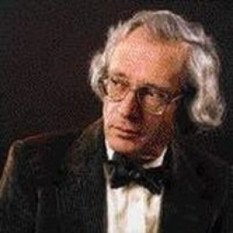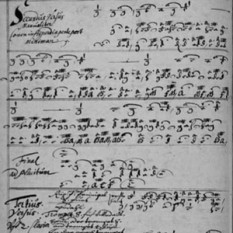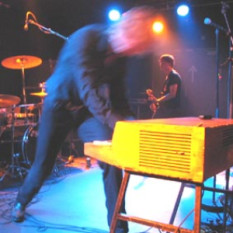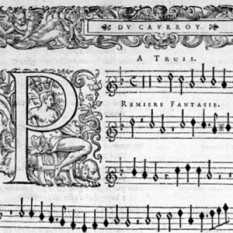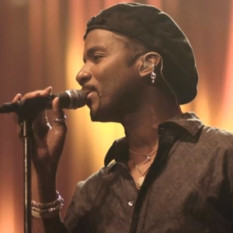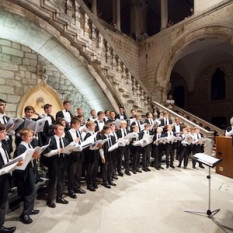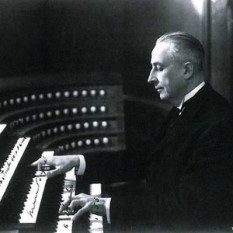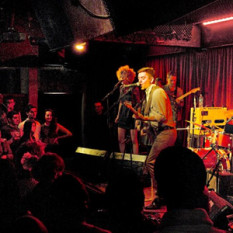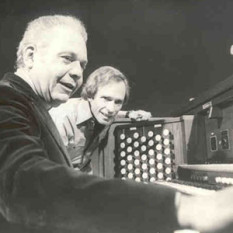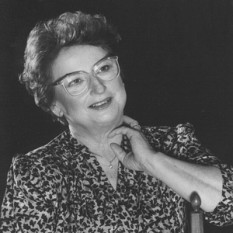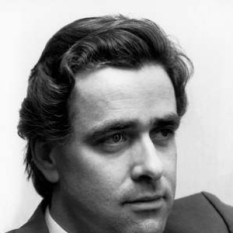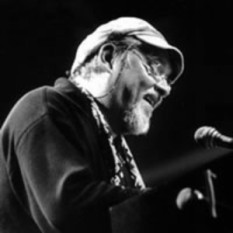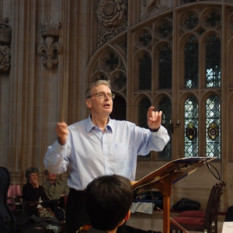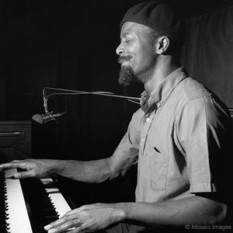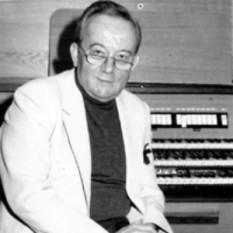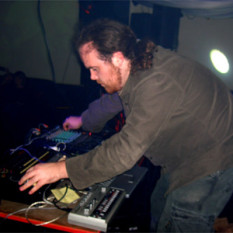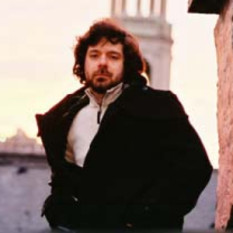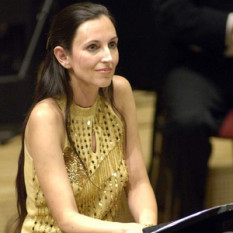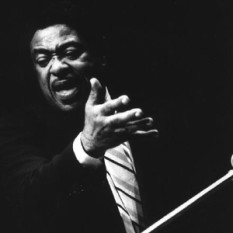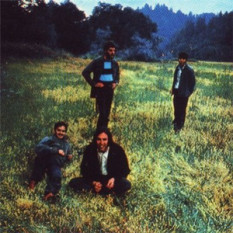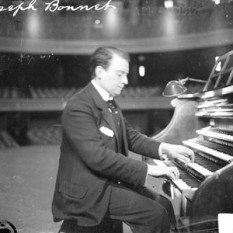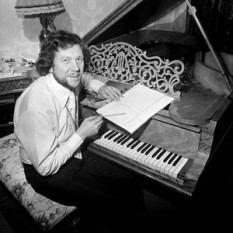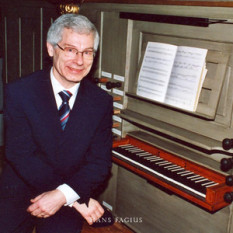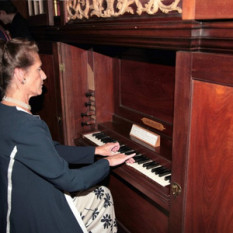"To my eyes and ears the organ will ever be the King of Instruments." - Wolfgang Amadeus Mozart
The Organ is one of the oldest musical instruments in Western musical tradition: the earliest known organ, the Hydraulis, was invented around 3 B.C. in ancient Greece. The Organ was introduced into Europe in the 8th century A.D., and by the 14th century had developed into what we would recognize today as the Pipe Organ. The classical organ repertoire covers music from the 1400s through today - nearly from the beginning of written western music.
The pipe organ was limited to churches for nearly 800 years due to its complexity, size, and cost, but as technology improved and both size and cost came down, it began to spread out again to concert venues and rich patrons' homes, with secular use being firmly re-established by the mid-1800's. Steam, and then electric, organs became quite popular, in many places and uses, by the early 1900s. The early 1900's saw the development of the Theatre Organ, intended to accompany silent films, and towards the end of that century fully electronic organs were capable of mimicking nearly any other instrument in existence.
Because of its prevalence in churches for nearly two millenia, and its popularity and versatility later on, the solo organ repertoire is among the largest of any instrument. The continuous use of written music specifically for church organs since at least the 1400's does, however, bias the available repertoire towards sacred or liturgical works.
Note that synthesizers, accordions, calliopes, steam whistles, and even automatic player pianos share common Organ ancestors. (In fact, even a hurly-burly is by definition an organ!)
Remember to check the orgel tag for more baroque/renaissance organ playing in the German style (e.g. J.S. Bach). .

